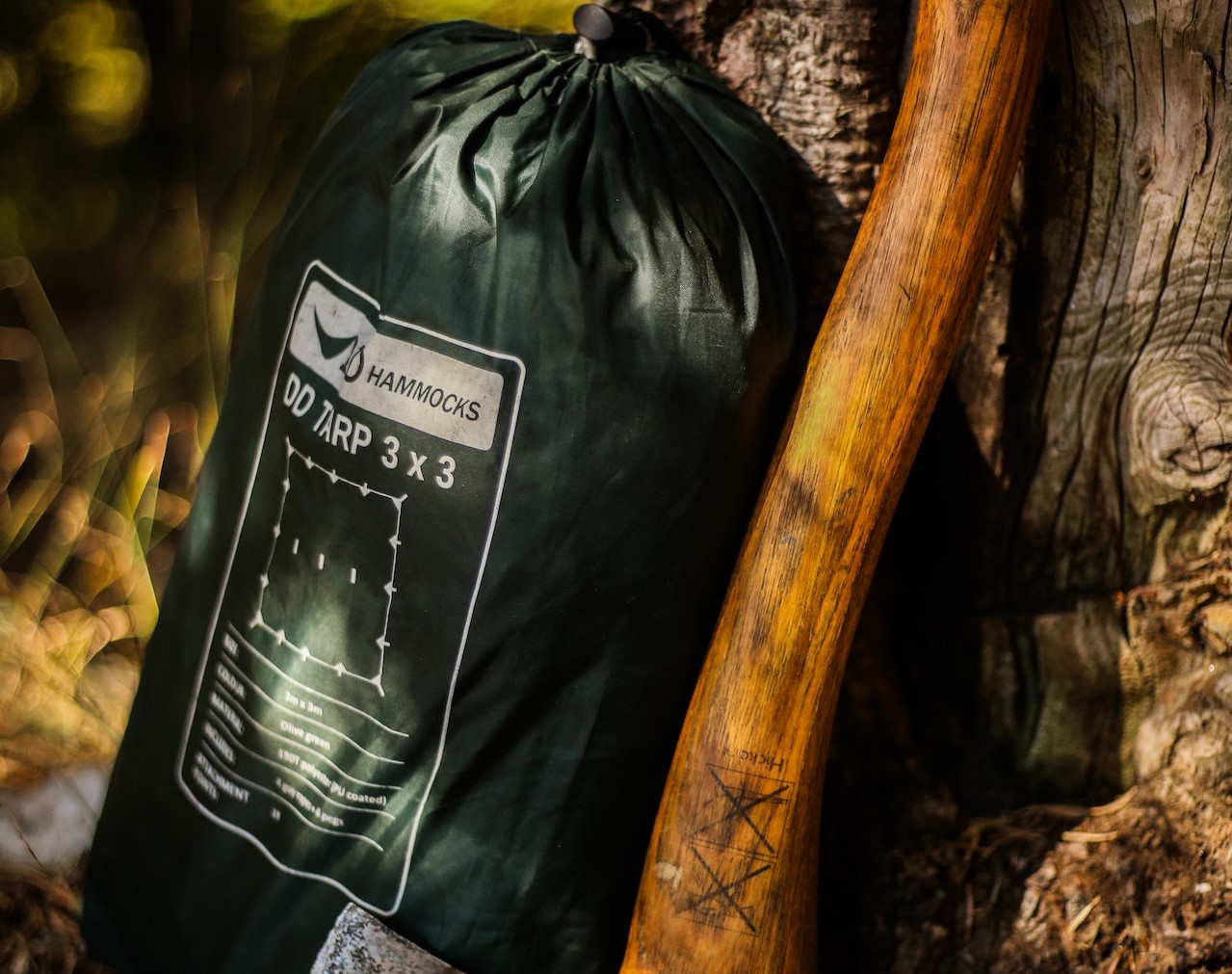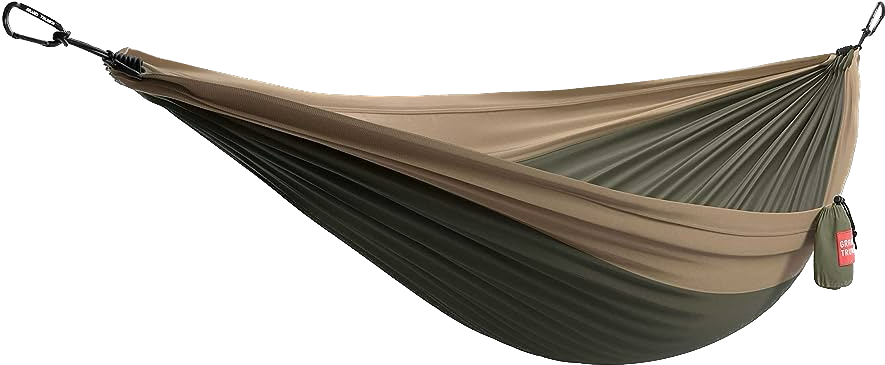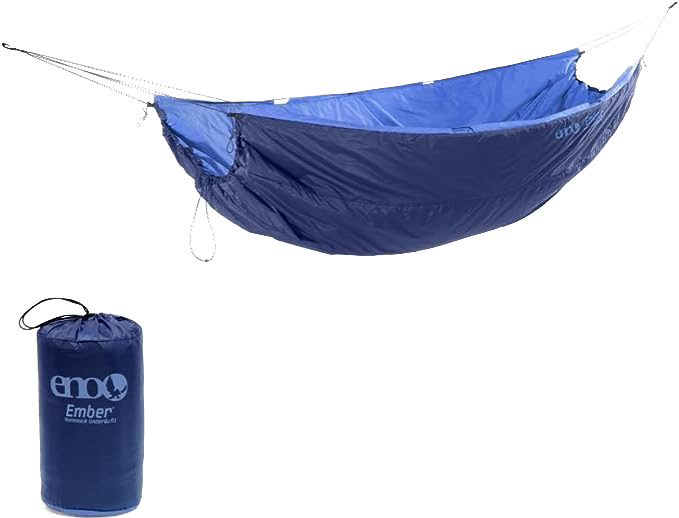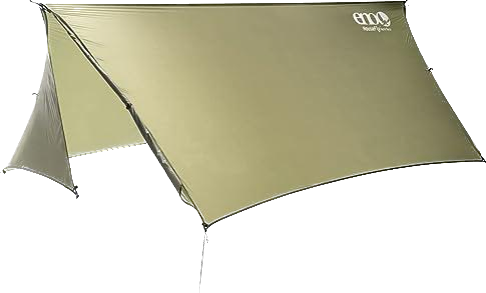As the summer months come to a close and the cooler weather sets in, storing your hammock for the offseason becomes more and more important. While it’s tempting to leave your hammock hanging all year round, this can shorten its lifespan. Exposure to the elements, especially rain, and snow, can cause damage to the fabric and hardware of your hammock. Additionally, leaving your hammock outside during the offseason can attract pests, such as mice and insects, which can also cause harm.
By following the tips outlined in this article, you can protect your hammock from the elements and extend its lifespan for years to come. So, as you transition from summer to the offseason, take a few minutes to properly store your hammock and ensure its longevity.
How to Store a Hammock – Best Hammock Storage Tips
While storing a hammock can be as simple as simply folding and storing it in the bag, there are a few steps you should take if you’re planning to store it away for a longer period.
- Remove any accessories, such as pillows or blankets, from the hammock.
- Examine your hammock for any necessary repairs, and fix any damages.
- Clean your hammock using mild detergent and warm water.
- Dry your hammock completely to avoid mold or mildew.
- Smooth out any wrinkles in the fabric.
- Find the ideal location for storing your hammock, such as a dry, indoor closet or storage shed, away from direct sunlight and moisture.
Once the hammock is ready for storage, place the hammock in a waterproof bag or container. Sunlight and water can damage your hammock, so you will want to store your hammock inside somewhere that there’s no moisture and sunlight.
By following the steps below, you can ensure your hammock will be in great shape and ready to go for your next season.
6 Steps to Storing a Hammock
1. Remove accessories
Step 1 is to remove any accessories attached to your hammock to clean them separately. Depending on the type of hammock you own, this may include carabiners, spreader bars, hanging loops, extra pockets, etc.
By removing these accessories, you’re able to ensure there aren’t any issues developing with your hammock. Take a look at your straps, spreader bars, and carabiners to ensure the integrity of these tools is met. Additionally, you can clean and prepare them for the next use.
2. Examine your hammock for any necessary repairs
After you remove any accessories from your hammock, you should inspect the fabric and see if there are any holes, tears, or any other damage. If you do find any holes or tears, you should properly repair them before deep cleaning. Here’s a step-by-step guide on how to repair hammocks.
By doing the repairs now, we can avoid any additional damage that may be caused by cleaning your hammock.
3. Clean your hammock
Cleaning your hammock after each use – especially before long-term storage – is essential to help keep it free of dirt, bugs, and mold, as well as ensure it keeps a good appearance.
Wash your hammock
There are several ways to wash a hammock, but this will depend on the material and the amount of dirt accumulated on it.
- Superficial washing – If your hammock only has a small stain, you can use a slightly abrasive brush and water to remove it. You can also add some mild detergent.
- Deep hand washing – If your hammock has a lot of accumulated dirt, you can wash it in a bathtub with plenty of water, some mild detergent, and a slightly abrasive brush. When finished, gently rinse and drain the water.
- Machine washing – This is the least recommended option, but you can set your washing machine to a “delicate cycle” with cold water and mild detergent to leave your hammock well-washed.
Do a dry cleaning
The quickest and easiest way to remove dirt from your hammock is to simply shake it out. This not only helps remove the most obvious dirt like small rocks and plant debris but also smaller particles like dust and pollen accumulated in the folds of the fabric. You just have to suspend one end of your hammock, grab the other end and shake it several times.
TIP:
If possible, check the manufacturer’s instructions for your hammock to verify the correct way to wash it.
4. Dry Your Hammock and Avoid Mold or Mildew
You should never store your hammock if it’s not completely dry. Many hammock goers will hang their hammocks up to dry or even put them through the dryer. (For dryer-safe hammocks). Storing a hammock that still has some dampness, will inevitably attract problems such as mold, insects, and rot.
5. Smooth out wrinkles and Fold your hammock
This step is self-explanatory and easy to skip, but it is important. Folding the hammock before storing it will reduce the number of wrinkles and folds that develop in your hammock. Which, in the long term, will give you a cleaner and longer-lasting hammock.
The folding method will depend on the type of hammock you have and the storage method you plan to use.
Nylon hammocks usually come with their own storage bag, so just try to fold it up the same way it originally came in its bag.
On the other hand, traditional hammocks, depending on their type, can be stored simply by folding them in half until the two ends touch – i.e., to store hanging in the closet – or rolled until they fit perfectly in their storage bag.
TIP:
Nylon hammocks usually come with their own storage bag, but these bags are often too small for long-term storage. It’s a good idea to use fabric storage bags to allow the hammock to “breathe.” You can also add some moisture-absorbing packets.
6. Find the Ideal Location for Storing Your Hammock
There are two main options to store your hammock, and these depend on how much space you have available in your home and the conditions of such space.
Storing inside
The best storage option for your hammock inside is where your hammock is protected from the elements and other outside hazards. Ideally, store the hammock in a cool, moisture-free place to prevent mold and mildew. This place should also be protected from direct sunlight and have some ventilation.
How do you store a hammock outside?
Sometimes there isn’t enough room in the house or other indoor storage areas and you need to store your hammock outside.
While not ideal, if you do store your hammock outside make sure to place the hammock in a waterproof bag and away from sunlight, preferably in a garage or shed. As long as the hammock is protected from weather and away from moisture your hammock should be fine.
Additionally, when you do store your hammock outside, it will be more exposed to insects, rodents, and other animals typical of the winter season that may be seeking shelter.
To add an extra layer of protection from these pesky visitors, you can place some type of repellent near your hammock to keep them away.
How to store your hammock stand and straps
Hammock straps are just as susceptible to damage, mold, and mildew as hammocks. Straps should receive the same treatment as your hammock before storing them. Hammock straps should be shaken out, washed, and dried before storing them with your hammock.
In the case of solid pieces such as carabiners, hooks, and stands, make sure they’re clean, dry, and free of any type of particles that could cause corrosion over time.
For pieces made of wood, you can clean them with some warm soapy water to remove any possible traces of mold and optionally apply some protective varnish. For your stand and other metal pieces, you can regularly apply a layer of rust protector to prevent corrosion, especially in winter. Finally, you can cover your stand with a tarp and store the smaller pieces in the same bag as your hammock. Preferably, store these pieces indoors.
FAQ
Can Hammocks Be Left Out in the Rain or Snow?
While it’s true that under normal weather conditions, hammocks can be slightly exposed to sunlight and dampness, it’s never a good idea to leave your hammock in snow or rain for long periods of time.
Hammocks made of fibers such as cotton can lose their color due to constant exposure to UV rays, as well as develop mold and rot due to dampness. But even hammocks made of nylon and other highly resistant fabrics will sooner or later end up getting damaged due to the action of the elements.
This not only applies to fabrics, but also chains, hooks, and bars can accumulate damage and end up breaking in the worst case.
It may not seem like it, but when snow accumulates in enough quantity, it can corrode the different parts of your hammock and cause damage such as those already mentioned. This includes not only ice but also other types of windblown solid particles.
Do hammocks get moldy?
All organic textile materials such as cotton, linen, silk, and wool are susceptible to mold due to dampness buildup. But even synthetic fabrics like nylon and polyester are susceptible to mold. Usually, when a fabric develops mildew, you’ll notice small gray or black spots on the fabric, as well as an unpleasant musty smell.
Can a hammock be left in the rain?
It’s not recommended to leave your hammock in the rain for long periods of time, since the fibers can end up accumulating mold and rot. Wood and metal parts can also erode due to the action of the wind.



 Hello there, we're Vira Outdoors!
Hello there, we're Vira Outdoors!

